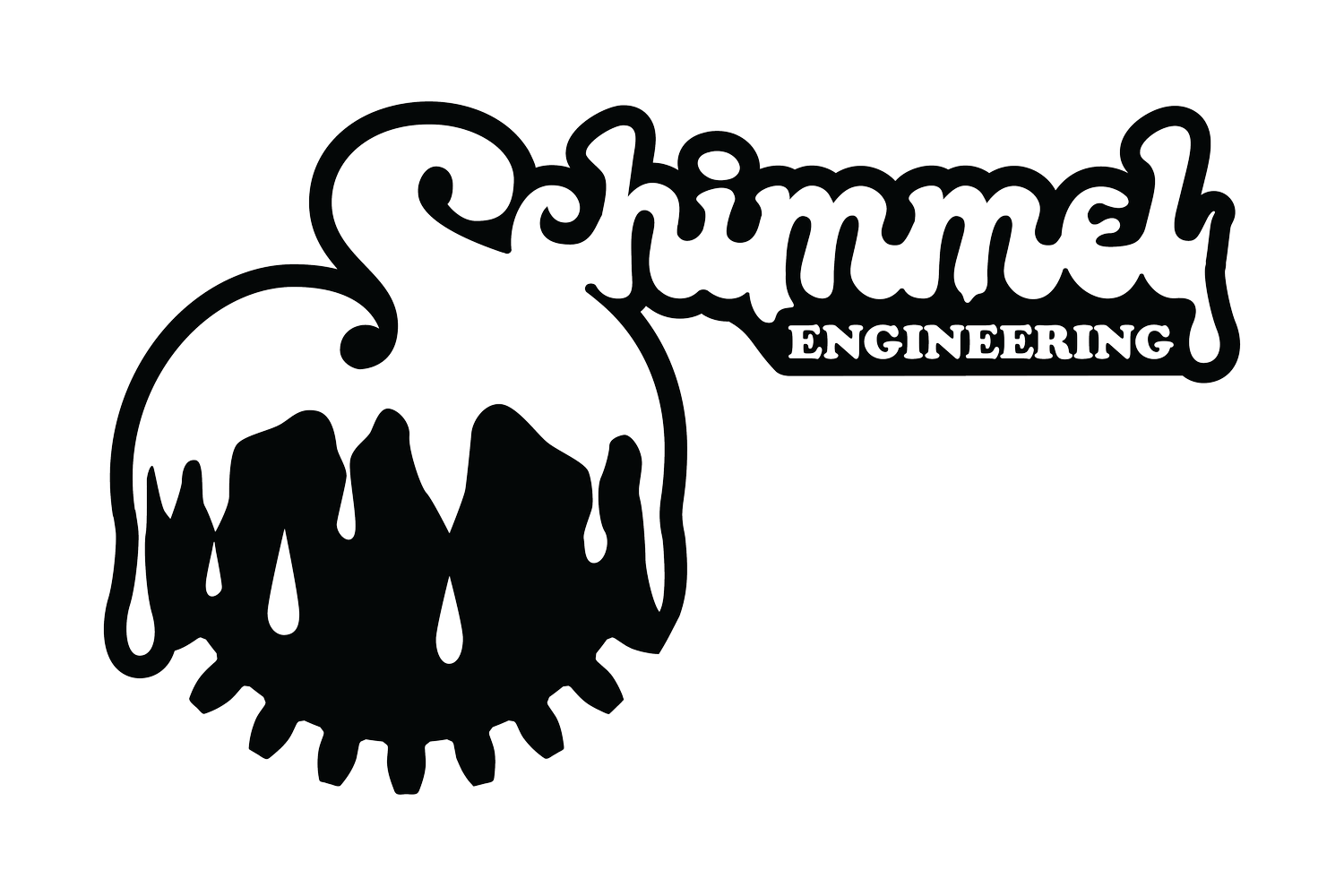Dinosaurs cOme in electric versions too?
Lead mechanical engineer and show programmer on multiple electrically actuated animatronic dinosaurs from concept, to installation. This project was incredibly multi-discipline, spanning many departments, talents and trades. The project was mobile, was required to fit inside a 40ft shipping container, ran off of 3 phase 480v power, and Beckhoff PLC. Scope included sourcing weldments from local vendors with our own drawings, locally and globally produced machine parts, mold design assistance and guidance for fiberglass parts, and integrating sculptural organic elements to structural steel profiles and traditional off the shelf parts.
Keep scrolling for more details…
Start the video at 9:02 for T.rex’s performance!
The dinosaurs in this project were actuated by electric linear Curtis Wright Exlar FTX and GS series linear actuators, harmonic drive strain wave gearboxes, Parker servos, and SMC pneumatic actuators as constant force counterbalance air springs. Air springs and actuators were carefully sized using approximations inside Solidworks Motion Analysis from animations provided by riggers and sculptors working inside Maya. Air springs were added to all gravity affected functions so that the duty cycle and loading of electric actuators could be used for dynamic motion, instead of holding static poses. Electric actuators were sized within manufacturer guidance for 1,000,000 cycles, and animation profiles were cognizant of duty cycle, and winding heat soak. Subassembly weights, creative intent and budget were all considered during actuator selection and sizing, and it was a back and forth discussion. Shows were triggered on a PLC LAN network with SMPTE time code.
In addition to the brushless DC (BLDC) servo powered mechanism, I also designed much of the figure finish integration for this figure, and worked closely with industrial designers, sculptors designing the exterior. Mechanical also worked closely with animators, electricians, controls engineers and art directors. I was mechanically responsible for multiple figures, but this was the most complex. Working along side industrial designers and sculptors gave me an appreciation for their work flows, and gave insight into a whole realm I was new to. This appreciation and mind set continues to affect how I approach projects today.
The actuators used quadrature incremental encoders and piezo electric force gauges to achieve compliance - the ability to respond and damp low frequency structural responses (shaking) that would otherwise cause visible wobble and jerkiness. Each function was a PID tuning case, and was tuned function independent, as well as show dependent (hitting poses, maxing ranges, etc). Compliance is essentially active damping in the system, allowing high speed motions with acceleration ramp in and ramp out to a desired motion profile. After the major mechanical design heavy lifting was complete, I expressed interest in show controls and transitioned from a Mechanical Designer to Show Programmer.
As a show programmer, I got to witness first hand benefits and consequences of staying within acceleration limits and going outside them. Once something is deployed, you begin to find out all the use cases and loads you didn’t design for. Seeing these dinosaurs torn down, re-installed multiple times, run to component failure for the sake of the show, and supporting field crews running multiple shows around the world was an incredible experience.
It’s an experience I hope to apply in the future in the Themed Entertainment space, as this project took 4 years from start to finish, and is still touring and making kids scream. I worked with very few people who saw this project from start to finish - seeing the whole lifecycle gave me incredible insight, and will absolutely affect how I design future figures.





